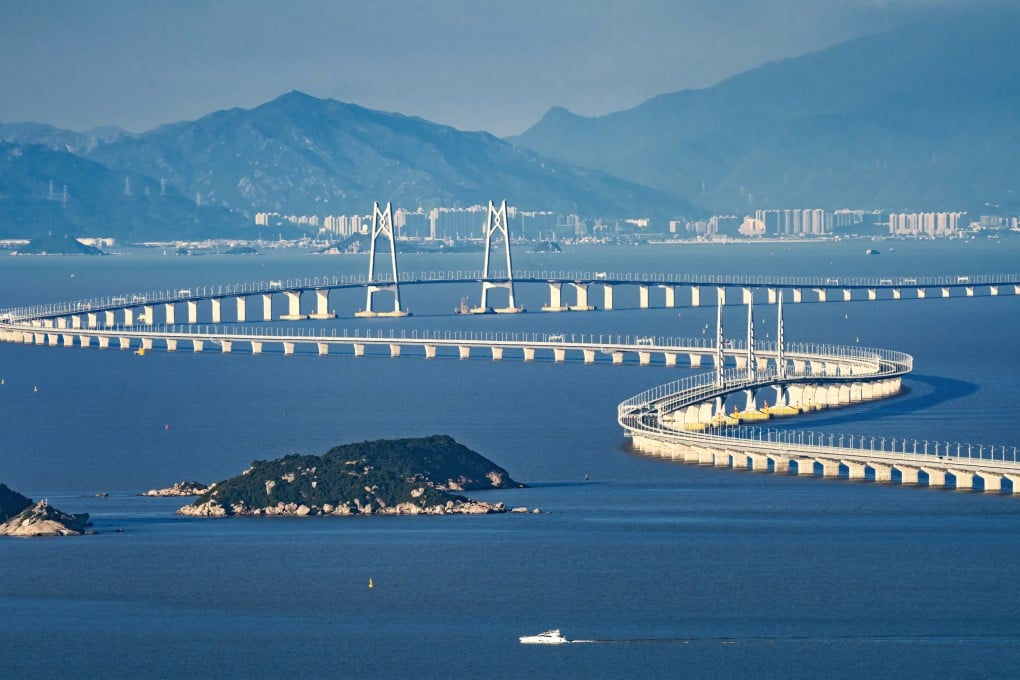Outside In | Can Hong Kong bring its ‘ghost bridge’ back to life?
With the new Shenzhen-Zhongshan Link boosting prospects for the Greater Bay Area, Hong Kong must move fast to improve transport links with nearby cities

The examination raises hard questions about Hong Kong’s declining role as a driver of regional growth, and whether the Shenzhen-Dongguan megalopolis – which mainland officials are already putting at the heart of the “Golden Inner Bay” – is not already the centre of gravity for the bay area scheme, in particular linking the prosperous municipalities on the east banks of the Pearl River with the comparatively laggard western municipalities.
All have been critically important wonders of engineering spanning the massive Pearl River estuary, indispensably transforming the east-west linkages within the Greater Bay Area. The Humen bridge has been a workhorse at the heart of the estuary for years, carrying around 100,000 vehicles a day.
Some historical perspective helps us recognise the scale of the region’s transformation. I fondly remember attending the official opening of mainland China’s first golf club in Zhongshan back in 1984. Having ferried across from Hong Kong to the still distant western side of the Pearl River, I took the opportunity to travel up the west side of the river to Guangzhou.
